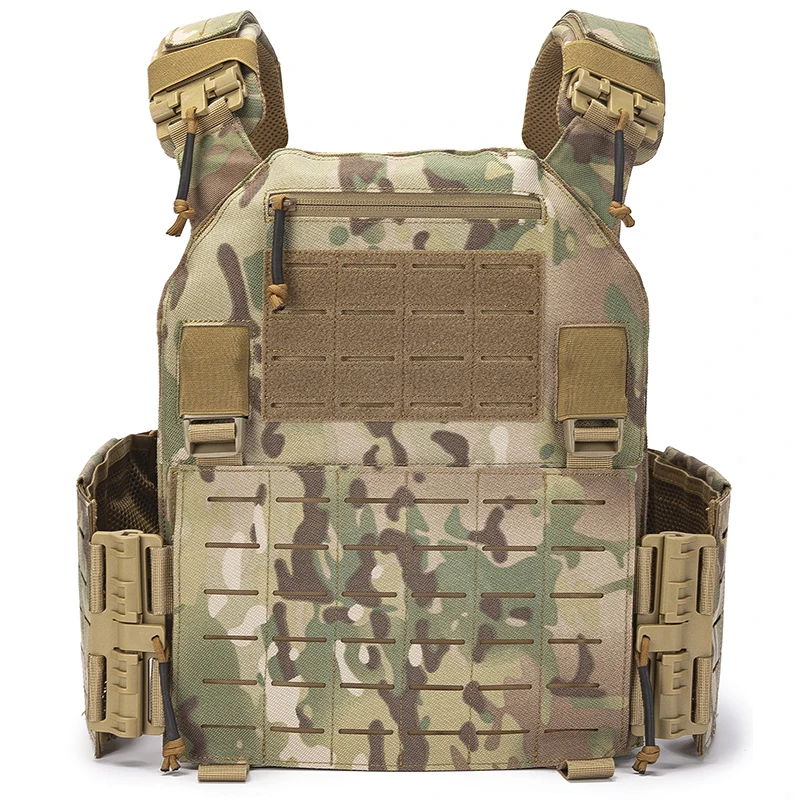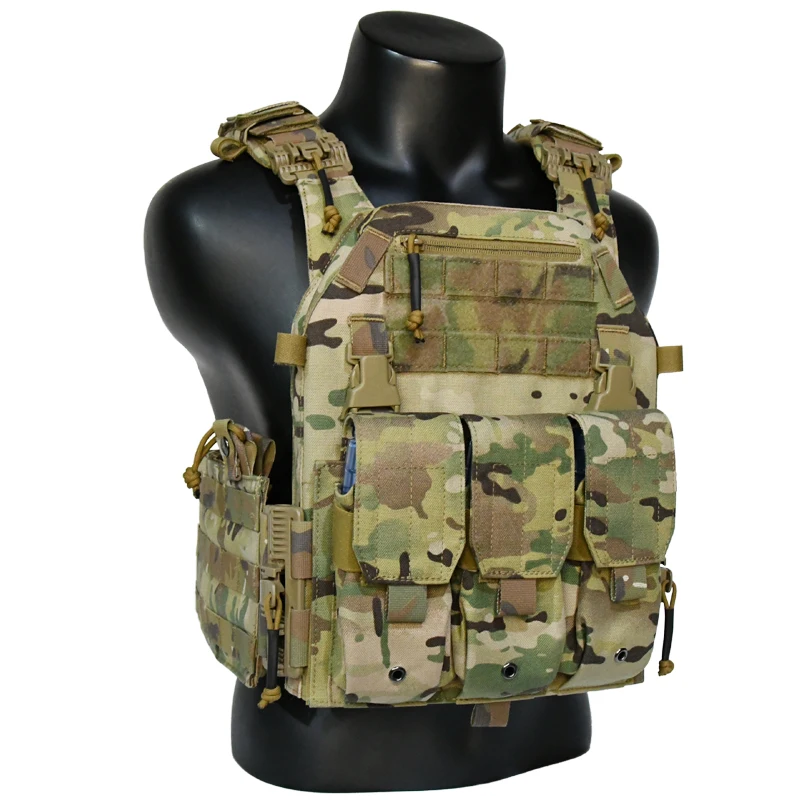Tactical Gear
PRODUCTS
Tactical Vest Comfort And Mobility
Weight Distribution and Load Carriage
One of the most significant factors affecting comfort and mobility is the vest's weight distribution. An unevenly distributed load can strain the shoulders, back, and neck, leading to pain and fatigue. Well-designed tactical vests employ features like adjustable straps, padded shoulder straps, and internal load-bearing compartments to distribute the weight evenly across the body. This prevents pressure points from developing and allows for a more balanced and comfortable carry. The use of lightweight yet durable materials also contributes significantly to minimizing the overall weight and improving wearability.
Furthermore, the placement and organization of gear within the vest play a crucial role. Strategically positioned pockets and compartments allow for easy access to frequently used equipment, minimizing the need for excessive reaching and twisting. This helps to maintain a natural posture and prevents awkward movements that can hinder mobility and lead to discomfort.
Material and Construction
The materials used in constructing a tactical vest significantly impact its comfort and mobility. Breathable fabrics, such as mesh or ripstop nylon, allow for better air circulation, preventing overheating and sweat buildup. These materials are also often treated with moisture-wicking properties to further enhance comfort in challenging environments. The use of breathable materials is particularly important in warm climates or during high-intensity activities.
Beyond breathability, the overall construction of the vest is crucial. Proper stitching, reinforced seams, and durable hardware ensure the vest maintains its integrity and structural support over time, preventing discomfort from shifting or sagging. Seamless designs or strategically placed panels can minimize chafing and irritation, further enhancing comfort during extended wear.
Adjustability and Fit
A properly fitting tactical vest is paramount for both comfort and mobility. Adjustable straps and cummerbunds allow the vest to be customized to the individual's body shape and size, ensuring a secure yet comfortable fit. An ill-fitting vest can restrict movement, restrict blood flow, and cause discomfort. The ability to adjust the vest's overall tightness and the position of individual components is crucial for maximizing comfort and performance.
Different vests offer various adjustment options. Some may feature intricate systems with multiple points of adjustment, while others might have simpler designs. Understanding the specific needs of the user and the operational environment is essential in selecting a vest with the appropriate level of adjustability. Proper fitting should be prioritized, often involving professional fitting guidance for optimal results.
Design Features and Ergonomics
Modern tactical vests incorporate numerous design features aimed at enhancing comfort and mobility. These features range from ergonomic shoulder pads and contoured back panels to strategically placed hydration systems and cable management solutions. Ergonomic designs minimize strain on the body and promote a more natural posture, reducing fatigue and discomfort during extended wear.
Features such as quick-release buckles and easily accessible pockets are also vital considerations. These features facilitate quick transitions and allow for easy access to crucial equipment without compromising comfort or mobility. The incorporation of these seemingly small details drastically impacts the overall user experience and operational efficiency.
Conclusion
Comfort and mobility are not merely secondary considerations when choosing a tactical vest; they are critical factors directly affecting performance, safety, and overall operational effectiveness. By understanding the factors discussed above—weight distribution, materials, adjustability, and design features—users can select a vest that prioritizes both protection and a comfortable, unrestricted experience. Investing in a high-quality, well-fitting tactical vest is an investment in both personal well-being and mission success.
SUBSCRIBE
INQUIRY










